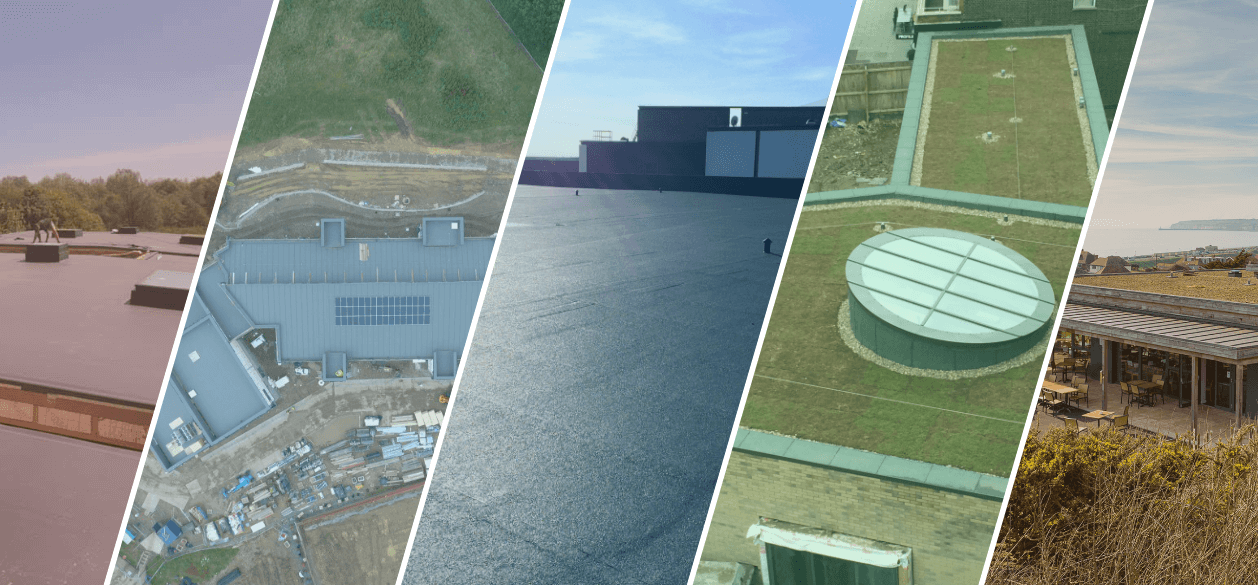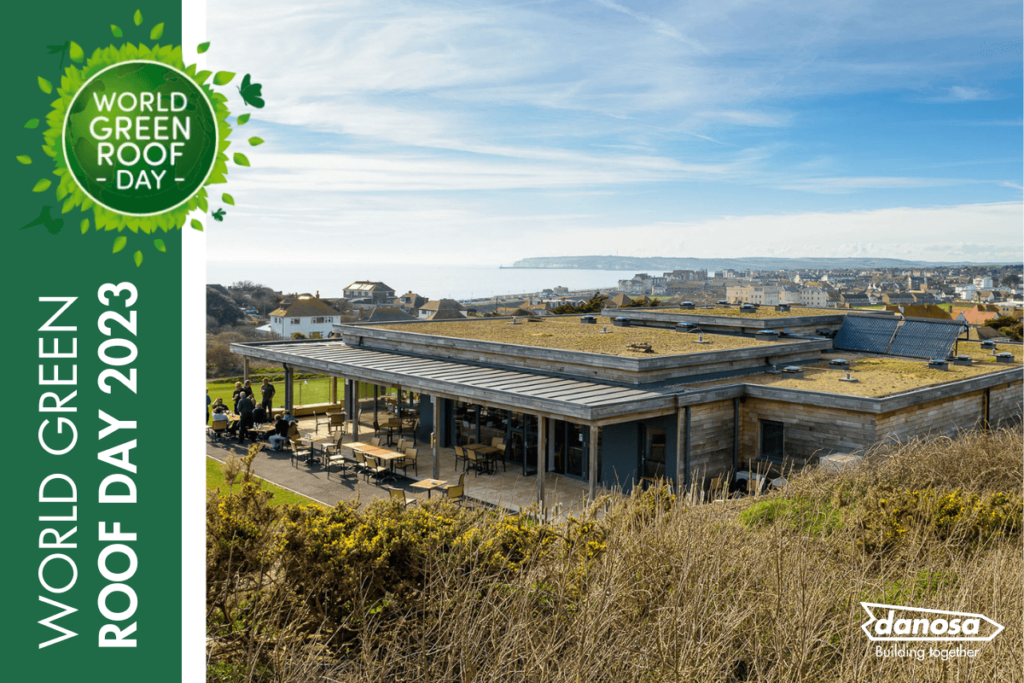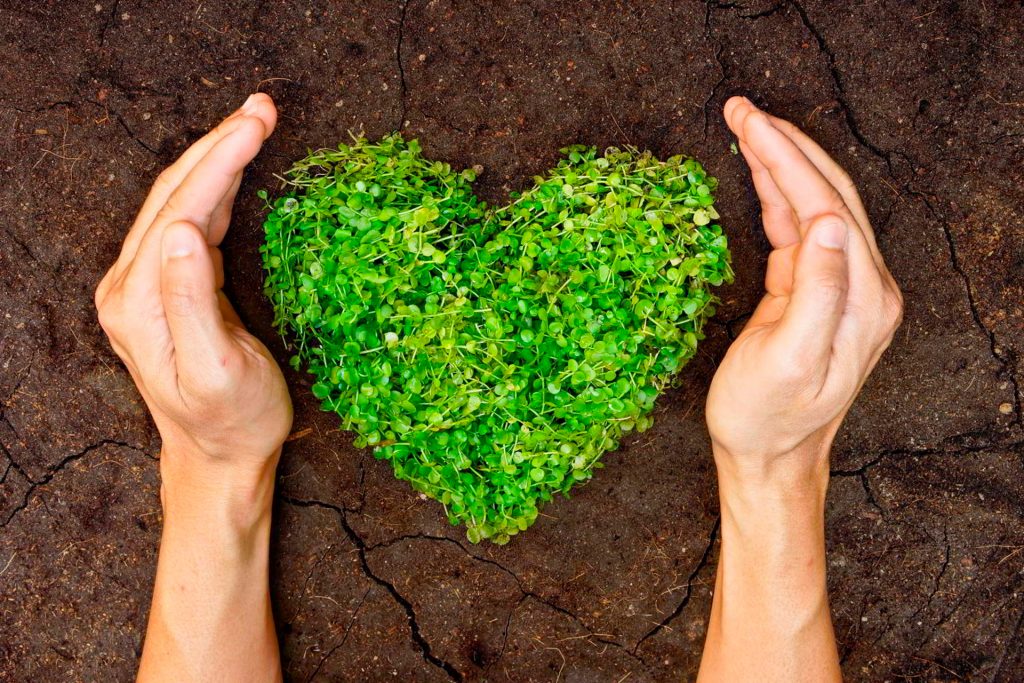Roofing is a vital aspect of building construction and in recent years there has been a growing emphasis on sustainable and environmentally friendly options. Warm Roofs and Blue Roofs (including Green Roofs and Brown Roofs) are among the innovative roofing systems that offer unique benefits and contribute to the overall sustainability of buildings.
A warm roof is specifically designed to maximize heat conservation. Unlike cold roofs (outlined below), the insulation in a warm roof is placed directly on top of the roof deck, rather than between the joists. This configuration enhances the effectiveness of warm roofs in maintaining a comfortable indoor temperature, ensuring warmth during winter and coolness during summer. Warm Roofs offer thermal performance, minimise heat loss and reduce the risks of condensation issues.
Although no longer recommended by British Standards for flat roof installations, it’s important to know what a cold roof is and how it works. Cold roofs are a traditional roofing system, sometimes known as a cold deck roof, characterised by having the insulation placed above the ceiling, typically between the joists. The remaining components of the roof, such as the substrate deck and roof membrane, are then built above the insulation. To prevent condensation buildup, a minimum gap of 50mm to ensure proper ventilation is required above the insulation, along with a vapour permeable membrane, before completing the rest of the roof. The maintenance of an effective air and vapor control layer (AVCL) below the insulation and the provision of adequate cross ventilation above the insulation have become challenging with this particular roof type. In cases where this construction method is unavoidable, it is not advisable to have a cross-ventilated width between openings greater than 5 meters.
Blue roofs are innovative stormwater management systems that help control and slow down the flow of rainwater. They involve the incorporation of retention ponds or specially designed roofs that capture and store rainwater for later use or gradual release into the environment. Blue Roofs alleviate the strain on drainage systems during heavy rainfall, reducing the risk of flooding and preventing the pollution of natural water bodies.
Green roofs are environmentally friendly roofing systems that feature vegetation and plantings on the roof surface. They offer numerous advantages such as improved air quality, reduced urban heat island effect, enhanced biodiversity, and increased energy efficiency. Green Roofs act as natural insulation, reducing the need for heating and cooling and decreasing energy consumption. Additionally, they manage stormwater runoff by absorbing rainwater, reducing the load on drainage systems.
The brown roof is a type of green roof that aims to enhance biodiversity in a natural manner. Instead of deliberately planting particular species of sedum or wildflowers, the surface is allowed to self-vegetate through the dispersal of seeds carried by the wind and birds. As a result, it forms an entirely organic environment that supports diverse flora and fauna. Brown Roofs contribute to biodiversity conservation and provide ecological benefits by creating miniature ecosystems in urban areas.
When considering these roofing options, several factors need to be taken into account; geographical location, climate, building design, and local regulations each play a crucial role in determining the most suitable roofing system. Factors such as installation costs, maintenance requirements, and the expected service life of the roof will also be considered before a project is undertaken.
All of these roofs are innovative roofing systems that contribute to the sustainability and environmental friendliness of buildings. Each type offers distinct advantages, ranging from energy efficiency and stormwater management to biodiversity conservation. By selecting the appropriate roofing system, builders and homeowners can play an active role in creating sustainable and eco-friendly environments.




